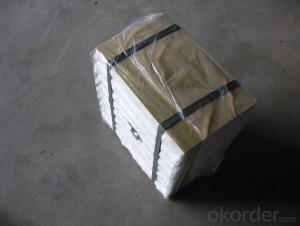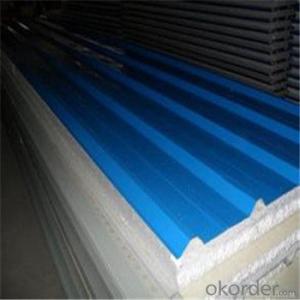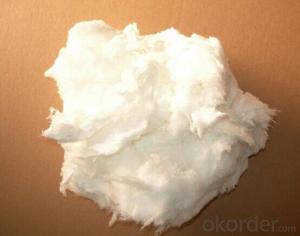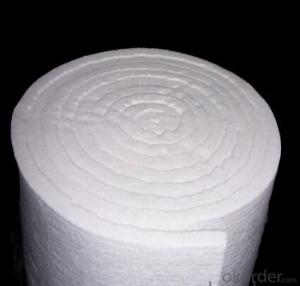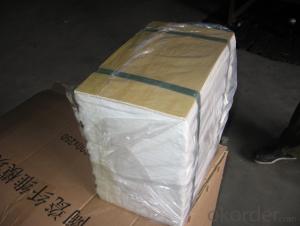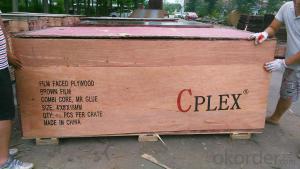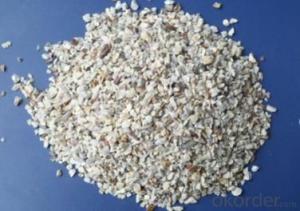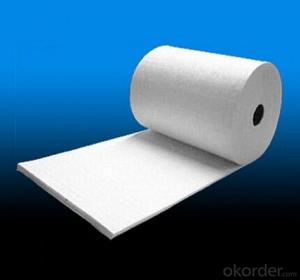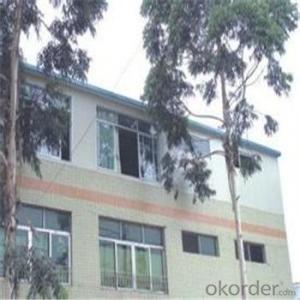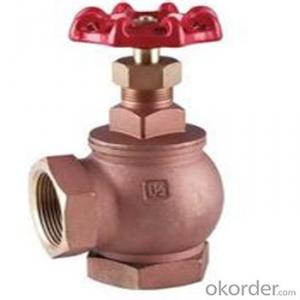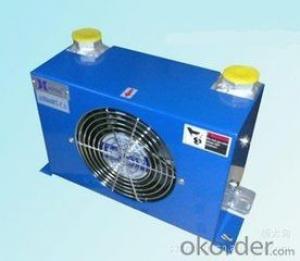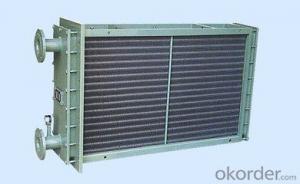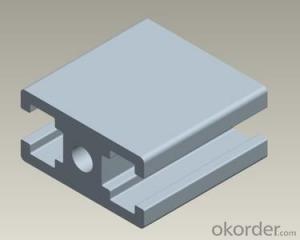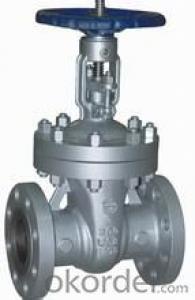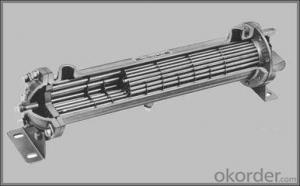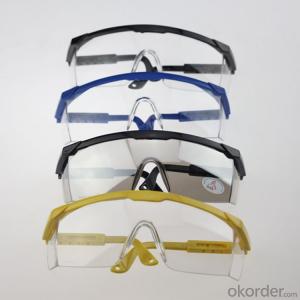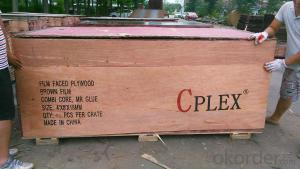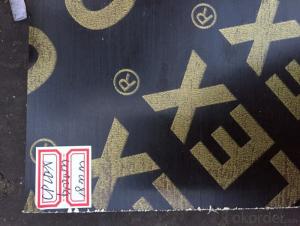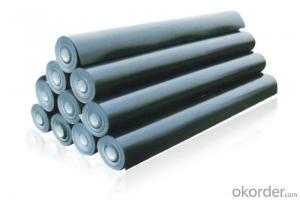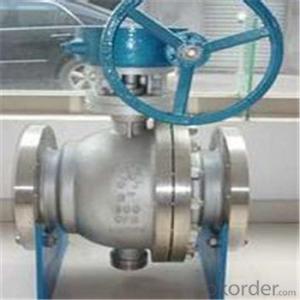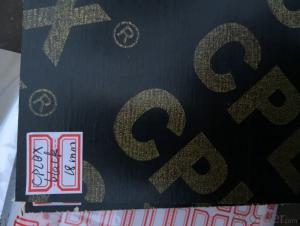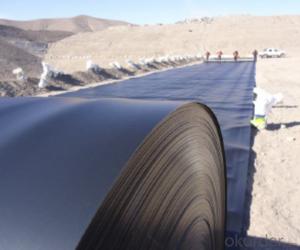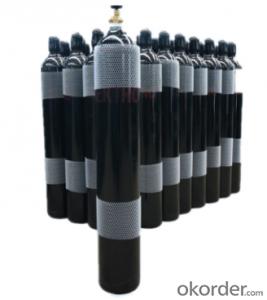Rollos De Geomembrana
Rollos De Geomembrana Related Searches
Geomembrana De Pvc Geomembrana De Hdpe Pegamento Para Geomembrana Hdpe Venta De Geomembrana En Mexico Venta De Geomembrana En Honduras Venta De Geomembrana En Puebla Geomembrana Para Ollas De Agua Lona De Geomembrana Ollas De Agua Con Geomembrana Bolsas De GeomembranaHot Searches
Tanque De Geomembrana Tanques De Geomembrana Tanques De Geomembrana Precios Tanque De Geomembrana Tanques De Geomembrana Tanques De Geomembrana Precios Tanque De Geomembrana Tanques De Geomembrana Tanques De Geomembrana PreciosRollos De Geomembrana Supplier & Manufacturer from China
Okorder.com is a professional Rollos De Geomembrana supplier & manufacturer, offers integrated one-stop services including real-time quoting and online cargo tracking. We are funded by CNBM Group, a Fortune 500 enterprise and the largest Rollos De Geomembrana firm in China.Hot Products
FAQ
- is Aluminum wrotten with a 2 behnd it?
- No. Aluminum is a metal, which means that its structure is essentially a lattice of metal cations with very loosely-held electrons passing rather freely between them.
- Aluminum coils play a crucial role in the production of transportation vehicles, especially automobiles and aircraft. These coils are typically made from high-quality aluminum alloys due to their lightweight nature, excellent strength-to-weight ratio, and corrosion resistance characteristics. In automobile manufacturing, aluminum coils are primarily used in the construction of vehicle bodies, including the frame, doors, hoods, and trunk lids. The lightweight nature of aluminum allows for reduced fuel consumption and improved overall energy efficiency, making it a preferred choice for vehicle manufacturers aiming to meet stringent environmental regulations and enhance fuel economy. Aluminum coils are also utilized in the production of aircraft, where weight reduction is of utmost importance to ensure optimum flight performance. By incorporating aluminum coils in key components such as fuselages, wings, and engine parts, aircraft manufacturers can achieve significant weight savings while maintaining structural integrity and durability. The use of aluminum coils in transportation vehicles also contributes to improved safety standards. Aluminum's exceptional crash energy absorption capabilities make it an ideal material for manufacturing impact-absorbing structures, such as bumpers and crash boxes in automobiles, providing enhanced protection to passengers during collisions. Furthermore, aluminum coils offer excellent heat dissipation properties, reducing the risk of overheating in engines and other critical vehicle systems. This thermal management capability is particularly beneficial in high-performance vehicles, where efficient cooling is paramount to maintain optimal operating conditions. In summary, aluminum coils are extensively used in the production of transportation vehicles to leverage their lightweight, strong, corrosion-resistant, and thermally conductive properties. By incorporating aluminum coils in vehicle manufacturing, automobile and aircraft industries can achieve weight reduction, improved fuel efficiency, enhanced safety, and superior performance, thereby meeting evolving market demands and sustainability goals.
- Aluminum coils are protected against oxidation during storage through a variety of methods. One common method is applying a protective coating on the surface of the coils. This coating acts as a barrier, preventing oxygen from coming into contact with the aluminum and causing oxidation. The coating can be a thin layer of oil or a special protective film. Another method is storing the coils in a controlled environment with low humidity. Moisture in the air can accelerate the oxidation process, so by keeping the coils in a dry environment, the risk of oxidation is reduced. Additionally, aluminum coils can be stored in airtight packaging, such as plastic wraps or vacuum-sealed bags. This further minimizes the exposure to oxygen, preventing oxidation. It is also important to handle the coils with care during storage to avoid any damage that could potentially expose the aluminum to the air. Proper packaging and stacking techniques are crucial to ensure the coils remain protected. Overall, a combination of protective coatings, controlled environments, and proper handling techniques are employed to safeguard aluminum coils against oxidation during storage.
- Aluminum coils are protected against transportation damage through various measures implemented by manufacturers and transportation companies. First and foremost, aluminum coils are usually packaged and stored in sturdy crates or pallets that provide a protective barrier against external impact and ensure stability during transit. These crates are often made of wood or metal and are designed to withstand the rigors of transportation. To further safeguard against damage, the coils are often wrapped in protective materials such as plastic or stretch film. This additional layer of packaging helps to prevent scratches, abrasions, and moisture damage during handling and transportation. The coils may also be secured within the crates or pallets using straps or bands to prevent movement and potential impact with other objects. Furthermore, manufacturers often utilize padding materials such as foam or cardboard inserts to create a cushioning effect within the packaging. These inserts help absorb shock and vibration during transit, reducing the risk of damage caused by impacts or sudden movements. Additionally, transportation companies play a crucial role in ensuring the safe transportation of aluminum coils. They employ specialized handling equipment such as forklifts or cranes to minimize the risk of mishandling and dropping the coils. Moreover, they carefully load and secure the coils within shipping containers or trucks, ensuring they are properly braced and immobilized to prevent shifting or rolling during transportation. In summary, aluminum coils are protected against transportation damage through the use of sturdy packaging, protective wraps, padding materials, and appropriate handling techniques. These measures aim to minimize the risk of scratches, dents, and other forms of damage caused by impacts, vibrations, or mishandling during transit.
- A piece of aluminum foil 0.550 mm thick and 1.00 cm square is allowed to react with bromine to form aluminum bromide?a) How many mole of aluminum were used? ( The density of aluminum is 2.699 g/cm3.)I keep getting the same answer which I know is wrong. I used a formula to get the volume and then the mass to get the moles, but maybe this is wrong. Could someone explain the process. I got 4.32 x 10-1 mol Al, but the answer is 5.50 x 10-3 mol Al.
- volume= 0.0550 cm x 1.00 cm^2= 0.0550 cm^3 gms Al= 2.699 g/cc x [vol] 0.0550 cc = 0.148 g moles Al = [grams]/[mole wt] mol wt=26.98 so 2.699[g/cc] x 0.0550[cc] / 26.98 =0.00550 or 5.50x 10^-3 to 3 sig fig units cancel and gram-moles is final unit.
- I'm asking about the aluminum tabs on soda cans. I've heard mixed things.
- that is correct. salvage yards will be happy to buy you aluminum. 60 cents per pound sounds about right. what are you doing with your cans?
- Aluminum coils are tested for quality and performance through various methods including visual inspections, dimensional measurements, mechanical property testing, and corrosion resistance testing. These tests help ensure that the coils meet specific standards and requirements for their intended applications.
- Generally, chemicals do not pose a problem for aluminum coils due to their inherent resistance. This is because aluminum naturally develops a protective oxide layer on its surface, which shields it from various chemicals. Consequently, the oxide layer effectively prevents corrosion and deterioration of the aluminum coils when they come into contact with different substances. Nevertheless, it is worth mentioning that certain chemicals, particularly potent acids or alkalis, can still harm aluminum. In such instances, applying additional protective coatings or treatments becomes essential to strengthen the chemical resistance of the aluminum coils.

